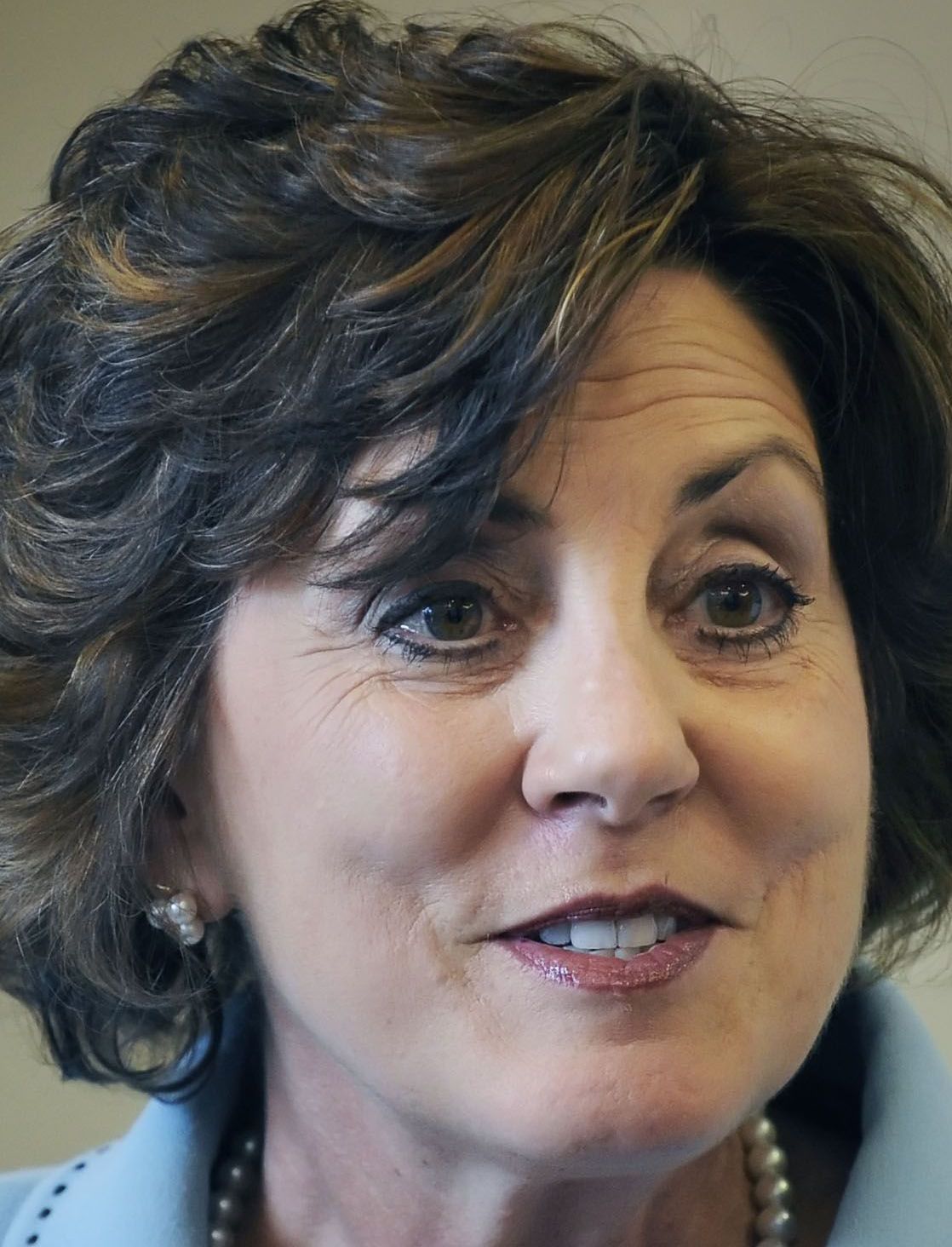Schools chief: Test results show ‘we have a lot of work to do’
Published 12:00 am Sunday, February 2, 2014
The Rowan-Salisbury School System’s annual report card from the state was a mixed bag this year.
The district received high marks for teacher experience and classroom technology. Graduation rates increased and class sizes are on par with other North Carolina schools, but student testing results fell behind the state average.
Superintendent Dr. Lynn Moody said looking at the data offers “a sense of urgency.”
“I am not at all discouraged by our test scores,” she said, but added, “We have a lot of work to do.”
The report card provides a comprehensive collection of data about student performance and attendance, class size, school safety and classroom technology. It also provides a measure to compare each school with others in the district and state.
On average, fewer third- through eighth- grade students tested at or above grade level in math and reading than other students across the state.
Only 31.8 percent of local students tested at or above grade level in math, and 34.3 percent tested at or above grade level in reading. That’s compared to 42.3 percent in math and 43.9 percent in reading on a state level – more than 9.5 percentage points lower than the state average in both categories.
“Schools need to transform and make change,” Moody said.
Using traditional teaching methods with the Common Core competencies isn’t sufficient, she explained. The new curriculum focuses on application, so teachers must teach differently for students to learn at that depth.
The Board of Education is developing a strategic plan this month, and Moody said two integral aspects of that plan will be professional development for teachers and focusing on literacy for students.
Rowan-Salisbury elementary and middle schools had fewer acts of crime and violence reported than other schools across the state, however high schools reported more acts of crime and violence. Rowan-Salisbury high schools reported 1.41 acts of crime or violence per 100 students, compared to 1.34 across the state. Elementary schools reported to .13 acts and middle schools reported .67 acts. The state average is .22 and .91, respectively.
“One of the things I think the district has done a really good job of is to increase the graduation rate,” Moody said. “We’re certainly proud of that work.”
The school system’s graduation rate is on par with the state average, and was up 1.8 percentage points from a year earlier to 82.9 percent.
School sizes and class sizes are also very close to the state’s average, although they are slightly smaller.
The Rowan-Salisbury School System also receives $172 more per student than the state average from local, state and federal entities.
The average North Carolina school has an Internet-connected digital learning device for every 1.79 students. Rowan County, however, has one for every 1.03 students.
Moody said she hopes to see the school system learn to use the technology they have more efficiently.
While the school system’s elementary school teachers’ experience is pretty equivalent to other schools in North Carolina, middle school and high school teachers in Rowan County tend to have more experience than other schools.
Twenty-one percent of middle school teachers in the state have fewer than three years experience and 30 percent have between four and ten years experience, compared to only 18 percent and 22 percent of Rowan-Salisbury teachers respectively. Sixty percent of the school system’s middle school teachers have more than 10 years experience, while only 49 percent of teacher across the state have that much experience.
High school teachers’ experience closely reflects that of those in middle schools. Twenty percent of high school teachers across the state have three or fewer years of experience, 27 percent have four to 10 years of experience and 54 percent have been teaching for more than 10 years. Sixteen percent of teachers have three or fewer years of teaching experience, 29 percent have between four and 10 years experience and 55 percent of Rowan-Salisbury teachers have more than 10 years experience.
Although Rowan-Salisbury School System’s teachers have more years of experience than teachers across the state, they are less likely to have an advanced degree or be a board certified teacher.
On average, 30 percent of North Carolina elementary school teachers have advanced college degrees, while only 25 percent of teachers in the Rowan-Salisbury School System. Twenty-two percent of middle school and 21 percent of high school teachers in the district have advanced degrees, compared to 28 and 27 percent across the state.
Rowan-Salisbury Elementary schools typically have one fewer National Board certified teacher than other North Carolina schools, and high schools typically have three fewer.
Principals, however, are more likely to have an advanced degree and more experience.
Thirty-one percent of principals in the district have advanced academic degrees, compared to only 21 percent of percent of principals across the state. Twenty-six percent of Rowan-Salisbury principals have three or fewer, 51 percent have between four and 10, and 23 percent have more than 10 years experience as a principal. In North Carolina, 43 percent have three or fewer, 44 percent have between four and 10, and only 13 percent have more than 10 years experience.
The school system and each Rowan-Salisbury school’s report card can be found at www.ncreportcards.org.





